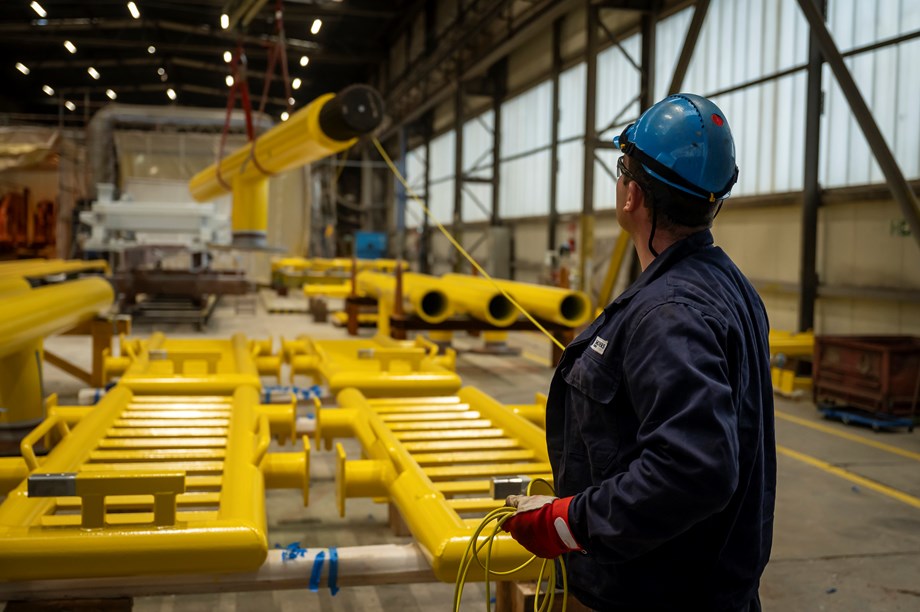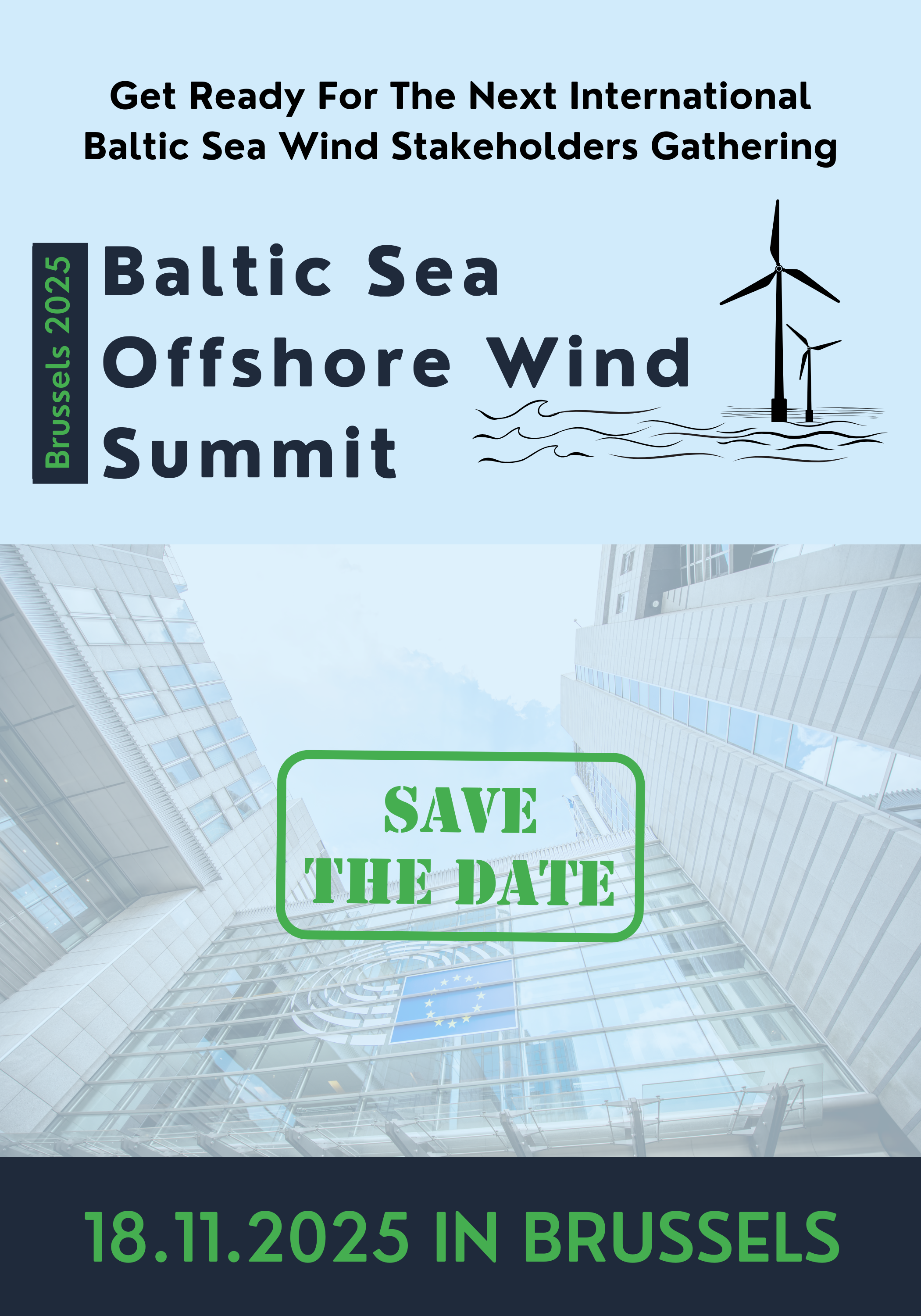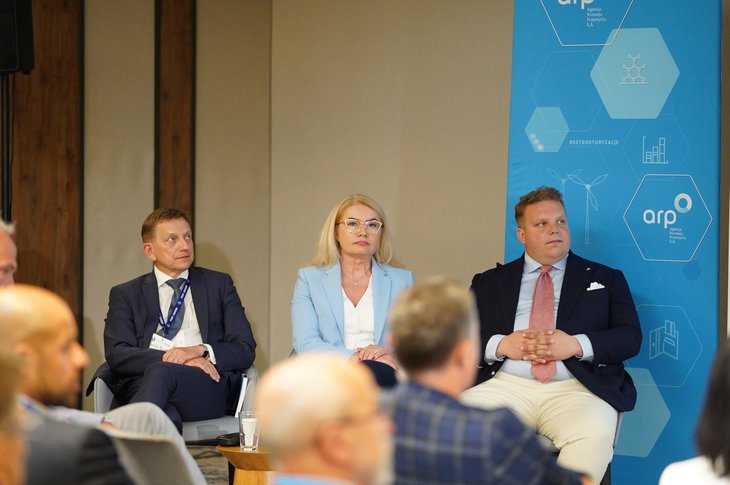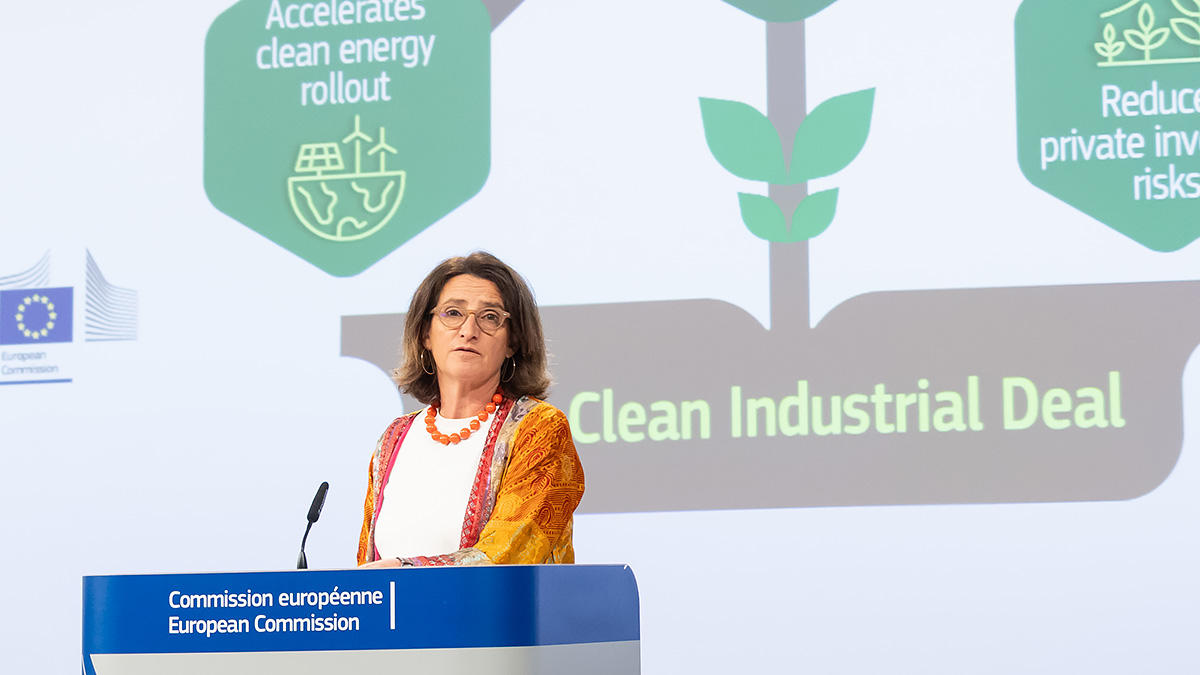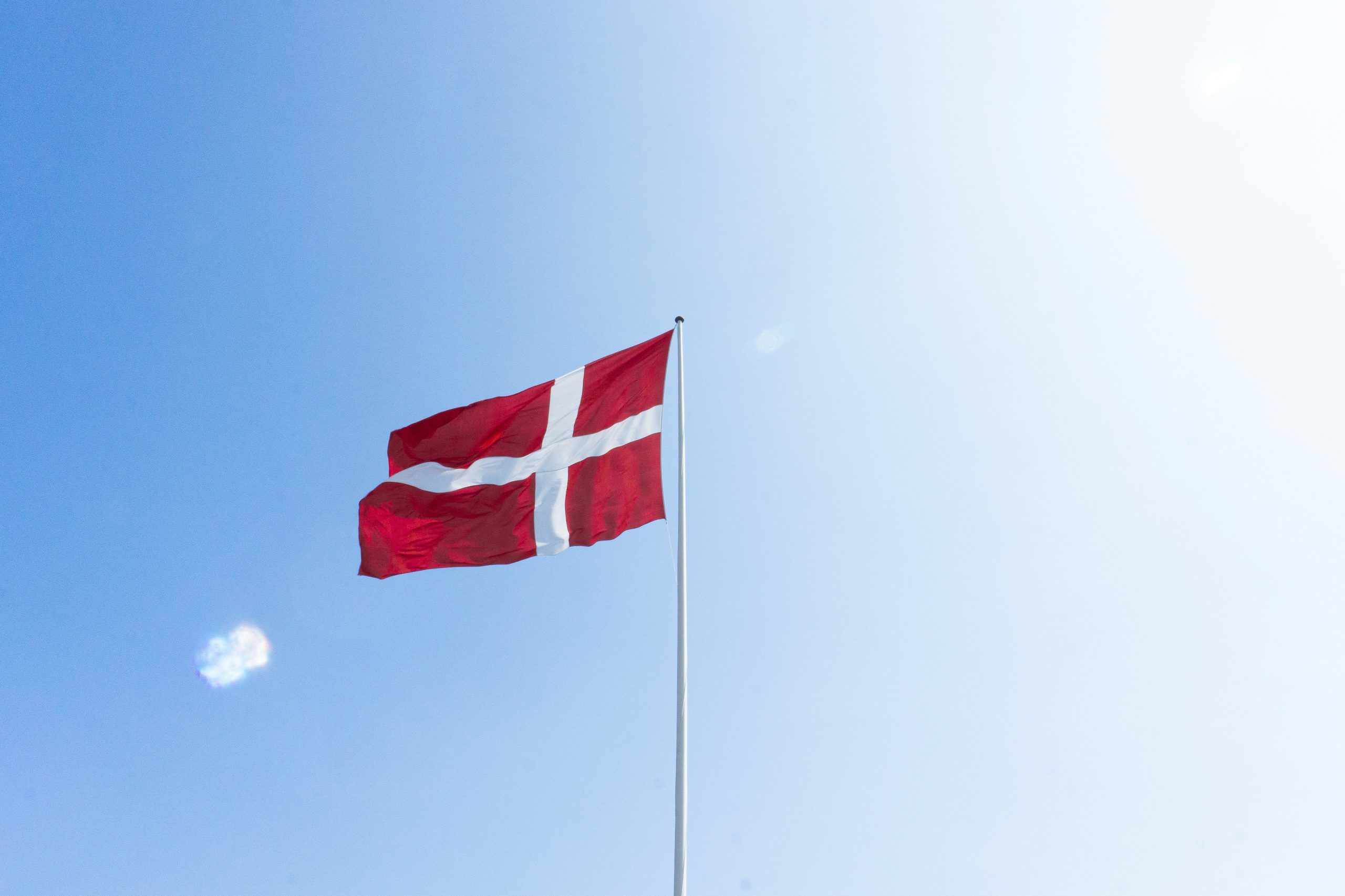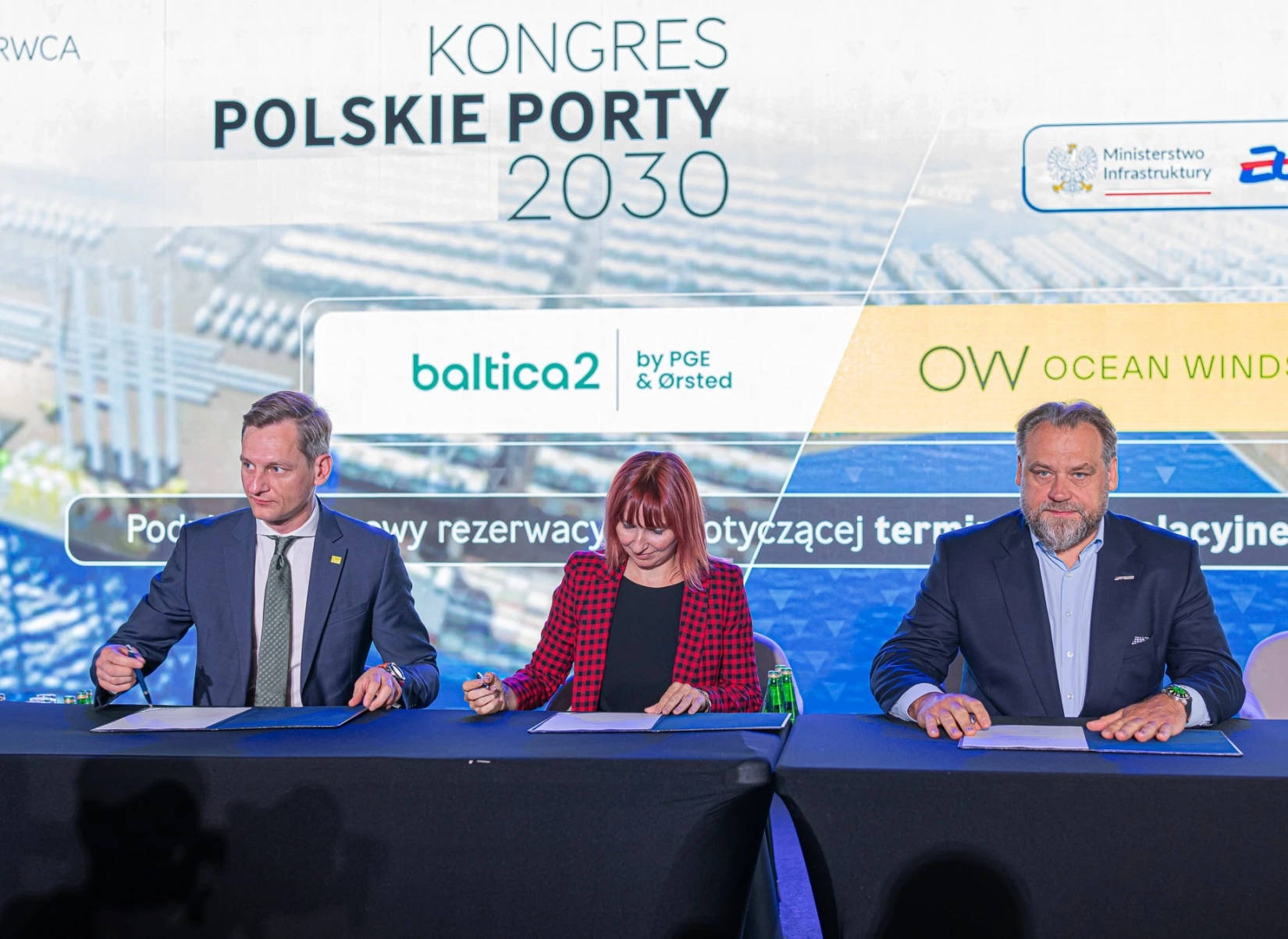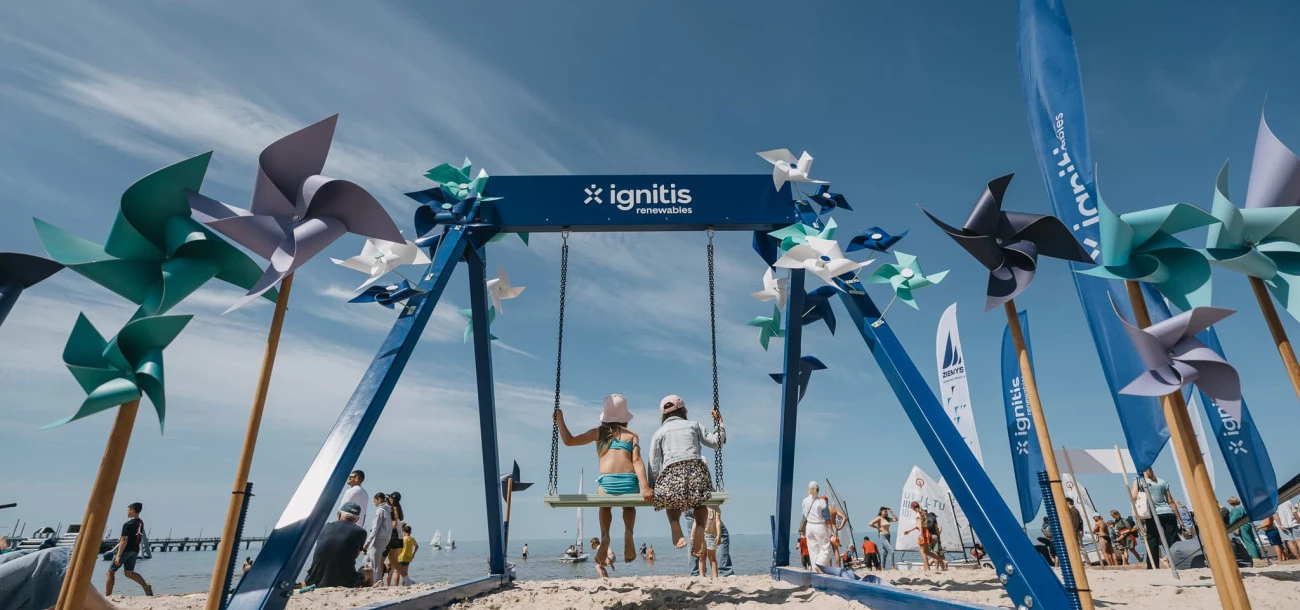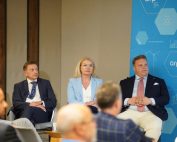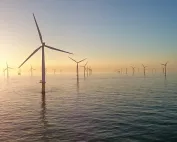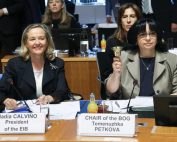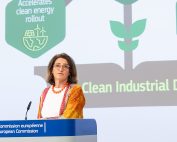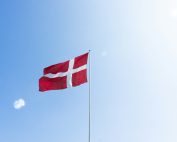At Smulders’ Polish facilities, the final production work is being carried out on key foundation elements for the Baltic Power offshore wind farm. These are the so-called transition elements that will connect the foundations to the wind turbines. Once assembled, they will set off for the transhipment port. Already in the first quarter of 2025, they will be installed at the first offshore wind farm in the Polish part of the Baltic Sea.
The installation of foundations consisting of monopiles and transition elements, or so-called TP’s (Transition Pieces – distinctive yellow structures connecting foundations and offshore wind turbines), will begin the offshore installation work of the Baltic Power wind farm. The installation of the monopiles will start in January, with transition elements being applied to the monopiles in the next phase of work.

At the plants in Żary, Niemodlin and Łęknica, work on auxiliary structures for the transition elements, so-called secondary steel, is nearing completion. Among other things, external service platforms, external equipment structures and mooring elements for service vessels are being built there. The steel used to produce them comes from Polish steel mills.

The production of the transition elements was a complicated process, requiring the use of advanced welding and metalworking technologies. They were coated with special anti-corrosion coatings that will protect them for about 30 years. Entire transition elements weigh more than 350 tonnes and measure 20 metres high. Work on the production of the foundations is proceeding according to schedule. Maintaining it is crucial for the project, due to booking periods for specialised vessels to install them and the immediately following offshore turbine installation work.

The first elements of the monopiles, for the production of which Steelwind is responsible, are already ready and cyclically transported to the transshipment port. The offshore foundation installation work is the responsibility of Van Oord, one of the most experienced companies in the world in this field, with a fleet of specialised installation vessels. A floating crane, Svanen, is already stationed in the Port of Gdynia, from its deck the installation of 78 monopiles for the foundations of the turbines and offshore substations will take place.
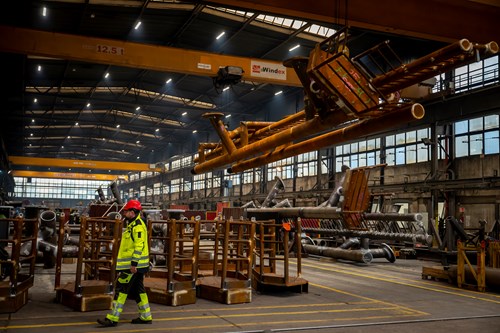
The Baltic Power offshore wind farm, a joint project between ORLEN and Northland Power, is the most advanced offshore wind project in Poland and the only one in the construction phase. Work is progressing according to schedule, which assumes that the farm will integrate approximately 1.2 GW of power into the national energy system in 2026. At the same time, it will be one of the first farms in the world with wind turbines of 15 MW each. Baltic Power will cover approximately 3% of Poland’s energy needs, thereby reducing national CO2 emissions by approximately 2.8 million tonnes per year.
Source: Baltic Wind
